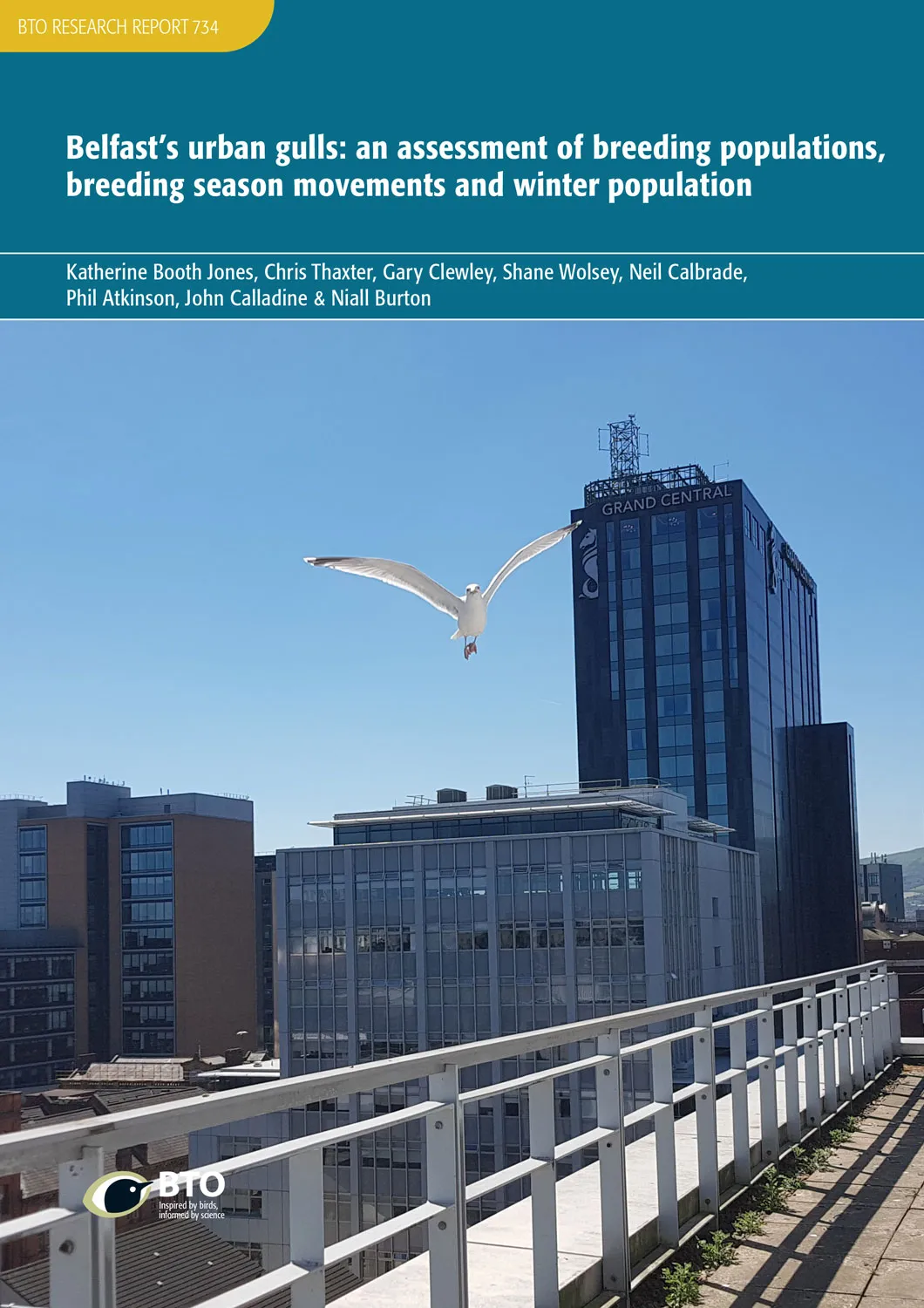BTO create and publish a variety of important articles, papers, journals and other publications, independently and with our partners, for organisations, government and the private sector. Some of our publications (books, guides and atlases) are also available to buy in our online shop.
Annual report of the Seabird Monitoring Programme
Seabird Population Trends and Causes of Change: 1986–2023
This report presents the latest seabird population trends in breeding abundance and productivity using data from the Seabird Monitoring Programme (SMP).
The report documents changes in the abundance and productivity of breeding seabird species in Britain and Ireland from 1986 to 2023, and provides a detailed account of the 2021, 2022 and 2023 breeding seasons.

Search settings
WeBS News 2020/21 Special Edition
Author:
Published: 2022
20.06.22
Newsletters Waterbird News
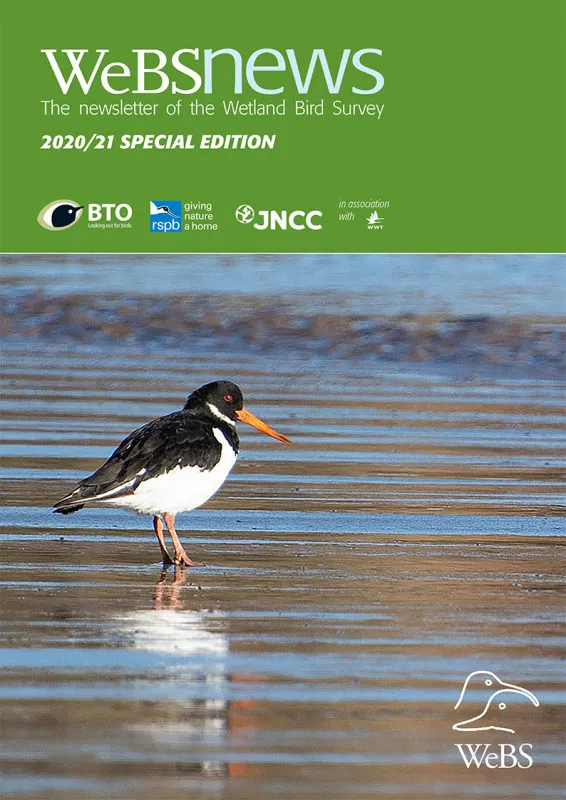
Combining host and vector data informs emergence and potential impact of an Usutu virus outbreak in UK wild birds
Author: Lawson, B., Robinson, R.A., Briscoe, A., Cunningham, A.A., Fooks, A.R., Heaver, J.P., Hernández-Triana, L.M., John, S.K., Johnson, N., Johnston, C., Lean, F.Z.X., Macgregor, S.K., Masters, N., McCracken, F., McElhinney, L.M., Medlock, J.M., Pearce-Kelly, P., Seilern-Moy, K., Spiro, S., Vaux, A.G.C. & Folly, A.J.
Published: 2022
The identification of the Usutu virus in Greater London in the summer of 2020 raises questions about the extent of the incursion and its impacts on wild bird populations.
18.06.22
Papers
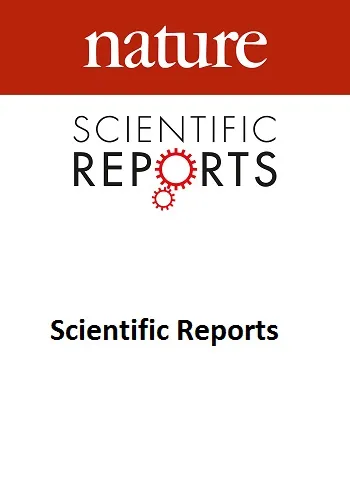
Introducing a common taxonomy to support learning from failure in conservation
Author: Dickson, I., Butchart, S.H.M., Catalano, A., Gibbons, D., Jones, J.P.G., Lee-Brooks, K., Oldfield, T., Noble, D., Paterson, S., Roy, S., Semelin, J., Tinsley-Marshall, T., Trevelyan, R., Wauchope, H., Wicander, S. & Sutherland, W.J.
Published: 2022
13.06.22
Papers
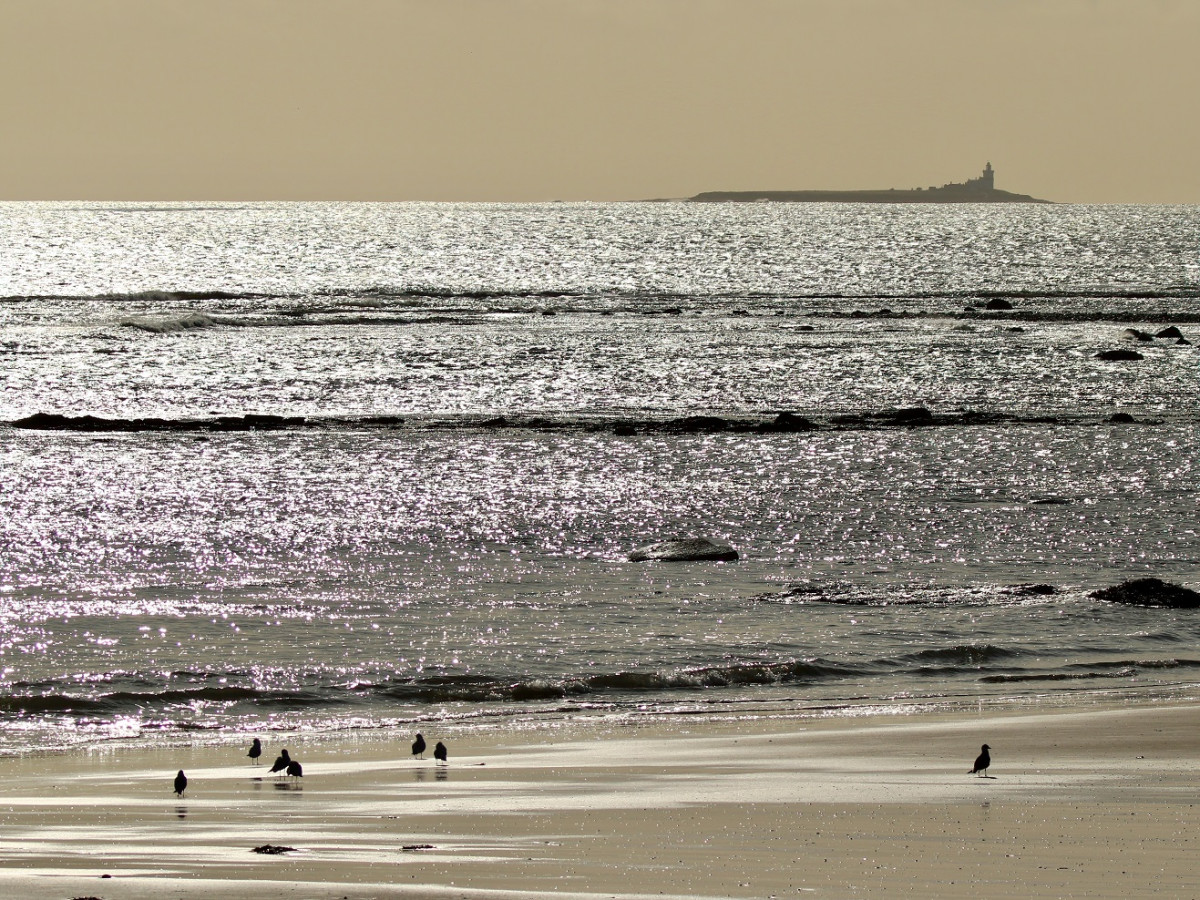
Bioclimatic context of species' populations determines community stability
Author: Evans, L.C., Melero, Y., Schmucki, R., Boersch-Supan, P.H., Brotons, L., Fontaine, C., Jiguet, F., Kuussaari, M., Massimino, D., Robinson, R.A., Roy, D.B., Schweiger, O., Settele, J., Stefanescu, C., van Turnhout, C.A. & Oliver, T.H.
Published: 2022
Projected increases in the magnitude and frequency of extreme weather events are likely to have important consequences for species and the wider communities of which they are a part. Understanding the impacts of such events on the complex relationships that exist between the species within a particular ecosystem, and which themselves influence the stability and functioning of that ecosystem, is a conservation priority.
25.05.22
Papers
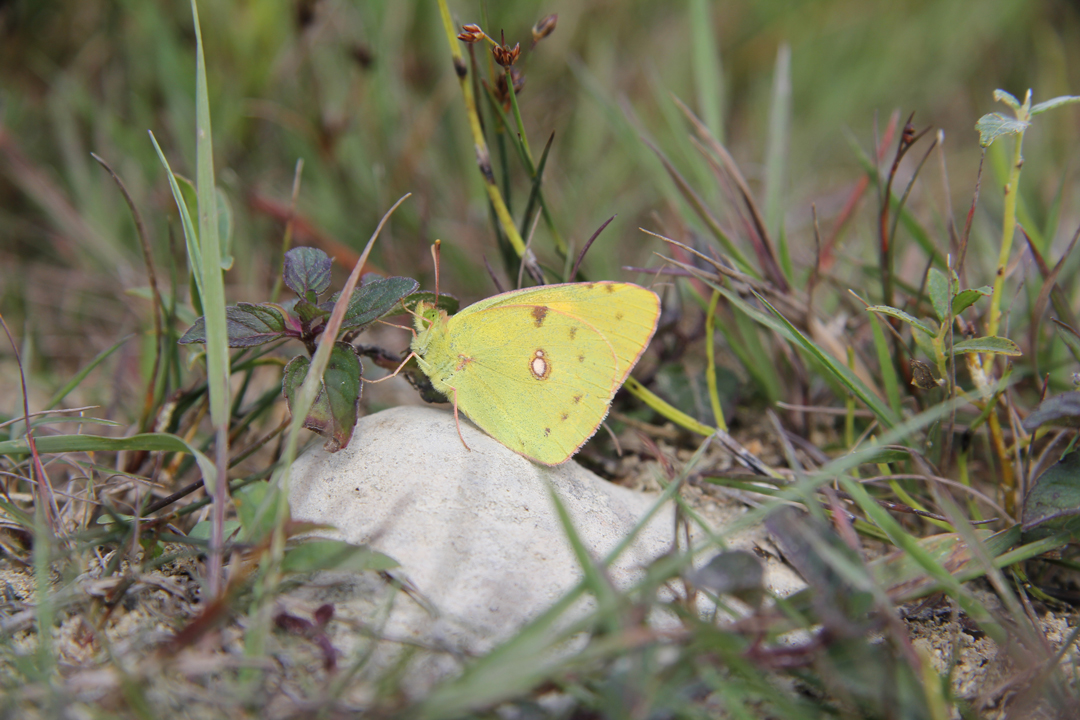
Belfast’s urban gulls: an assessment of breeding populations, breeding season movements and winter population
Author: Booth Jones, K., Thaxter, C., Clewley, G., Wolsey, S., Calbrade, N., Atkinson. P. & Burton, N.
Published: 2022
Despite the high conservation status of Herring and Lesser Black-backed Gulls, little is known about their urban populations Northern Ireland, and even less about how they use the urban environment. This project brings together a number of elements targeted at addressing knowledge gaps for the urban population of gulls in Northern Ireland, chiefly focusing on Belfast city centre. Firstly, breeding gulls in Belfast city centre were estimated using vantage point surveys, contributing to the latest national census and providing data for organisations wishing to reduce human-gull conflict. Secondly, the latest tracking technology was used to investigate how urban-nesting Lesser Black-backed Gulls and Herring Gulls use the urban environment of Belfast, complementing the population monitoring and existing tracking data from Herring Gulls breeding in a nearby coastal colony on Big Copeland Island. Thirdly, the wintering gull population using the shoreline of Belfast Lough was quantified using Wetland Birds Survey and Winter Gull Survey data, as congregations of gulls in the lough may interact with human activities in the lough. Combining these three elements, this study demonstrates that Belfast and the surrounding urban areas are providing not only nesting habitats for gulls, but also food resources which are used throughout the breeding season and during the winter. The presence of foraging gulls within the urban environment may be a symptom of poor waste management in certain regions of the city and may be a source of human-gull conflict.
20.05.22
Research reports Research reports
